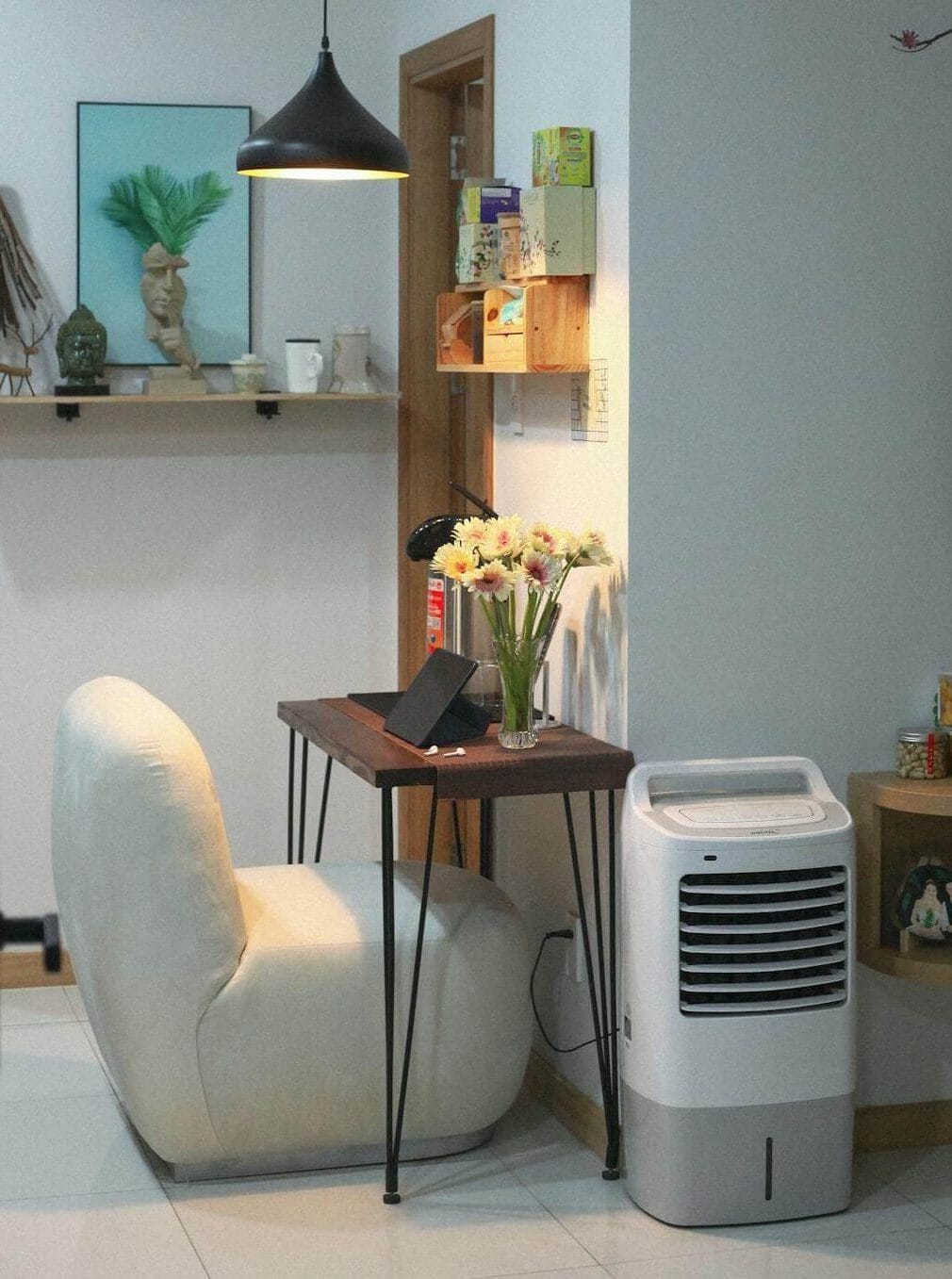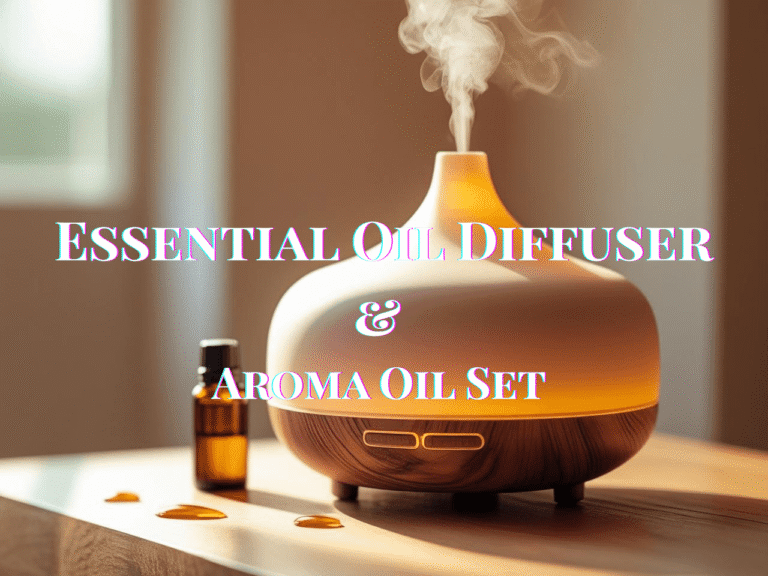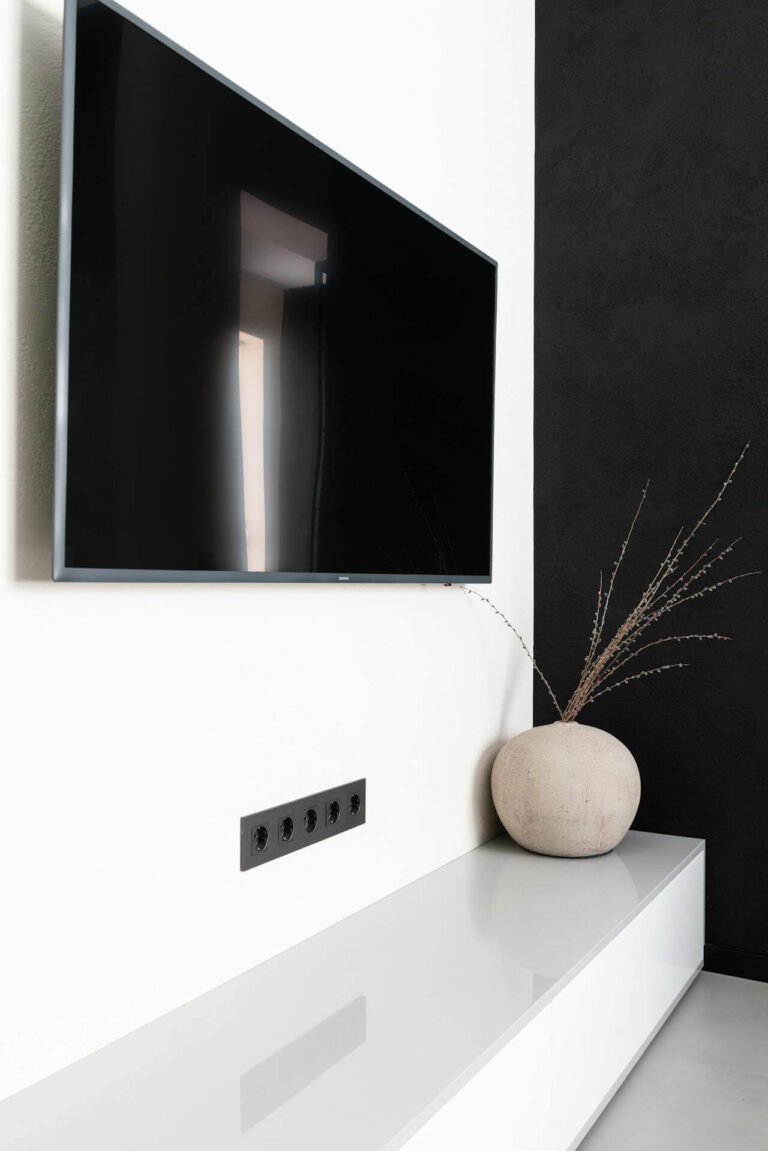Discover the importance of air purifiers for enhancing indoor air quality and supporting respiratory health. Learn about the various technologies, such as HEPA and activated carbon filters, that help eliminate allergens, pollutants, and odors.
We’ll guide you through selecting the right air purifier for your needs, maximizing its effectiveness, and ensuring a healthier living environment. Enhance your quality of life and make your home a sanctuary of health by understanding what air purifiers are and how they work.
Understanding Air Purifiers: What They Are and How They Work
Air purifiers are devices designed to enhance indoor air quality by removing contaminants from the air. They play a critical role in creating a healthier living environment, especially in spaces where outdoor air quality may be compromised or where individuals suffer from allergies and respiratory issues. The primary function of an air purifier is to capture and eliminate airborne particles, such as dust, pollen, smoke, pet dander, and other pollutants. This is accomplished through a combination of several technologies and components.
At the core of most air purifiers are filters that physically trap particles. One of the most efficient types of filters used is the High-Efficiency Particulate Air (HEPA) filter, which can capture 99.97% of particles as small as 0.3 microns. This makes HEPA filters particularly effective against allergens and fine particulate matter. In addition to HEPA filters, many air purifiers incorporate activated carbon filters to adsorb odors, chemical vapors, and volatile organic compounds (VOCs). These carbon filters enhance the purifier’s capability to deal with gaseous pollutants, providing comprehensive air clean-up.
Moreover, some air purifiers utilize advanced technologies such as ultraviolet (UV) light and ionization. UV light destroys microorganisms like bacteria and viruses, rendering them harmless while facilitating cleaner air. Ionizers, on the other hand, work by emitting negatively charged ions that attach to positively charged pollutants. This process causes the contaminants to clump together and fall out of the air, effectively reducing airborne particles. Integrating these technologies significantly boosts the efficiency of air purifiers, ensuring they not only filter out particles but also neutralize harmful pathogens and odors, enhancing overall indoor air quality.
Benefits of Using Air Purifiers in Your Home
Air purifiers have become increasingly popular in households, presenting numerous benefits that contribute to a healthier indoor environment. One of the primary advantages is their ability to improve indoor air quality by reducing allergens such as dust, pollen, mold spores, and pet dander. These airborne particles can trigger a range of health issues, particularly for individuals with respiratory conditions such as asthma and allergies. The integration of an air purifier in your home can significantly alleviate these symptoms, promoting a more comfortable and healthier living space.
Moreover, air purifiers also play a crucial role in addressing various respiratory issues. By continuously filtering out harmful pollutants and irritants from the air, these devices help create an environment that supports respiratory health. This is particularly beneficial for children, the elderly, and individuals with pre-existing health conditions, who may be more susceptible to the negative effects of poor air quality.
In addition to health benefits, air purifiers effectively eliminate unwanted odors that may stem from cooking, pets, or smoke. By neutralizing these unpleasant smells, air purifiers contribute to a fresher and more welcoming atmosphere. This is especially advantageous in urban areas or homes with open-concept layouts, where odors can become more pervasive.
The importance of maintaining clean indoor air extends beyond personal comfort and aesthetics. Prolonged exposure to polluted indoor air can lead to various health complications, making air purifiers an essential tool in promoting overall well-being. By investing in a high-quality air purifier, individuals can enhance their quality of life, ensuring that their home remains a sanctuary of health and comfort.
Types of Air Purifiers: Finding the Right One for Your Needs
Air purifiers can be categorized into various types based on their design and the technologies they utilize. Understanding the differences between these types is crucial for selecting the right air purifier for your needs. Broadly, air purifiers fall into two primary categories: portable and whole-house systems. Portable air purifiers are designed for individual rooms and are often compact and easy to move. In contrast, whole-house systems are integrated into a home’s HVAC system, providing comprehensive air filtration throughout the entire household.
Each technology employed in air purifiers has its own strengths and weaknesses. One of the most recognized technologies is the HEPA (High-Efficiency Particulate Air) filter. HEPA air purifiers can effectively trap 99.97% of particles, such as dust, pollen, and pet dander, making them an excellent choice for allergy sufferers. Another common option is carbon filter air purifiers, which excel in absorbing odors and volatile organic compounds (VOCs) from the air, thus improving indoor air quality significantly.
Ozone-generating purifiers should be approached with caution. While they can eliminate some contaminants, they also produce ozone, which can be harmful to health. UV-light purifiers utilize ultraviolet light to destroy germs and bacteria, making them a viable option for those concerned about pathogens in the air.
When selecting an air purifier, several factors must be considered. The size of the unit should correspond with the area it is intended to purify to ensure optimal performance. Additionally, the Clean Air Delivery Rate (CADR) is a vital metric that indicates how quickly and efficiently an air purifier can remove airborne pollutants. Noise levels can also impact comfort, especially in bedrooms or offices, while maintenance requirements can affect long-term usability and operational costs. By evaluating these criteria, consumers can make informed decisions tailored to their specific conditions.
Maximize Your Air Purifier’s Performance
1. Optimal Placement
Place your purifier in an open, central area—away from walls and furniture—to ensure proper airflow. Avoid corners or tight spaces that restrict circulation.
2. Regular Maintenance
- Replace filters every 3–6 months (check manufacturer guidelines).
- Wipe down the exterior and clean removable parts to prevent dust buildup.
3. Boost Indoor Air Quality
- Ventilate wisely: Open windows when outdoor air is clean.
- Reduce pollutants: Use natural cleaners, limit candles/incense, and avoid indoor smoking.
4. Right Size for Your Space
Match the purifier’s coverage (CADR rating) to your room size. Too small? Ineffective. Too large? Wasted energy.
Pro Tip: Run your purifier consistently, especially in high-traffic areas like bedrooms, for best results!
By following these steps, you’ll breathe easier and get the most from your investment.
Our Expert-Selected Top Picks
After extensive research analyzing performance data, customer experiences, and industry benchmarks, we’ve curated these standout air purifiers that deliver exceptional results:
- 【Air Purifier Quiet & Earned the Certified】:The noise level of the hepa filter air purifiers is as low as 23 dB, is as s…
- TOP-RATED AIR PURIFIER BRAND: LEVOIT is the #1 selling air purifier brand in the United States, recognized globally for …
- WORRY-FREE AIR QUALITY: Effectively addresses common air quality issues like pollen, dust, smoke smells, and pet dander,…
- UNIQUE AROMATHERAPY FEATURE: Enhances your space by allowing you to add essential oils to the aroma pad, providing a ref…
- PERSONAL HEPA AIR PURIFIER: Utilizes 360° VortexAir 3.0 technology and a 3-stage filtration system, capable of purifying…
- EASY TO USE: Features a simple control system with only two buttons to cycle through three fan speeds and check the rese…
- IDEAL PURIFIER FOR PERSONAL USE: Large coverage of up to 36 m²(380 sqft), it purifies a standard room in just 12 minutes…
- 2-LAYER HEPA FILTRATION: Captures 99.97% of particles up to 0.003 microns (PM0.003)– to protect from pollen, dust, pet d…
- 360° PROTECTION : Scans the air 1000x per second and intelligently chooses the right speed while displaying real time AQ…
- QUIET AND EFFICIENT. In sleep mode, it runs at only 20.5 dB. Energy-efficient, it uses up to 21W to purify the air, less…
- COMPACT & PORTABLE DESIGN: The AC0920 air purifier comes with a display panel on top , 360° suction on the bottom and an…
- Efficient Particle Filtration: FULMINARE air purifier uses an H13 HEPA filter. Simply turn it on and maintain a clean an…
- High Circulation Rate: The air purifiers for home adopts dual-channel technology and a 360° air outlet, refreshing the a…
- Low Decibel Operation: FULMINARE H13 air purifiers for bedroom is so nice to light sleepers, allowing investors to sleep…
- Independent Night Light and 5 Timers: It is designed to serve both as an air purifier and a night light. Dual function d…
- Notice:1. Please open the bottom base cover to get the charging adapter. 2 Remove the plastic packaging of the filter be…
- 【Removes Up To 99.99% Of Pollutants】Equipped with 4-layer filtration, Qubo Smart Air Purifier Q200 traps pollen, dust, p…
- 【4-Layer Filtration】Designed with a 4-layer system: Pre-Filter, HEPA H13, Activated Carbon, and Nano-Silver Coating—engi…
- 【3 Modes Of Purification + QSensAI】Choose between Auto, Manual, Sleep, and QSensAI Mode based on the air quality level. …
- 【App-Controlled With Smart Scheduling】Control your purifier via the Qubo app—switch modes, check real-time AQI, monitor …
- 【High CADR Performance】With a Clean Air Delivery Rate of 150 m³/h, Qubo Q200 effectively purifies rooms up to 200 sq.ft,…
Need a Perfume? | Planning a Skincare Routine? | Feel Energized
“Didn’t find your air-mazing match? No worries!
Browse more purifiers on Amazon and find your perfect breath of fresh air!”
Thanks for stopping by! 💨 May your air be clean and your sneezes be few.
Warm regards,













